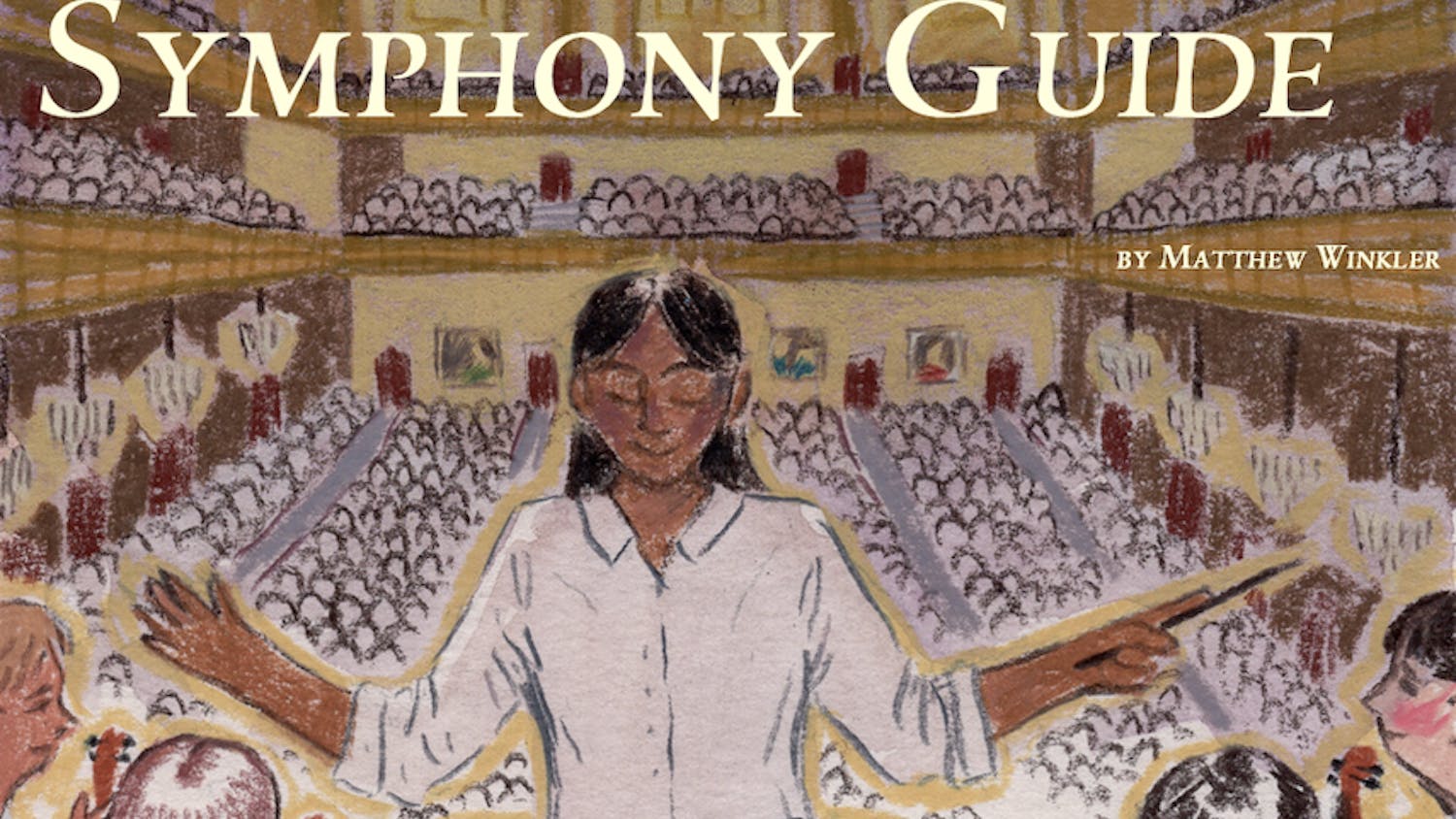Plays are meant to be performed. Sometimes, with all our English classes and textbooks and papers, we forget this. That's why it's a good thing that there are still performances like "Romeo and Juliet," with interpretations so lovely and so true that we remember why Shakespeare originally wrote the play.
The American Repertory Theatre's production of Shakespeare's classic is, in some ways, shockingly untraditional. The set is extremely modern, with the stage located in the middle of the room and two sets of seating on opposite sides. For many plays, a setup like this might have been a distraction, but in "Romeo and Juliet," the
unusual setup works well as a means of underscoring the many divides and clashing groups threaded throughout the play.
What's more, the stage is actually a very large sandbox with walkways on both ends. It functions well and gives the play an extraordinary level of realism. The Loeb Theater in Harvard Square seems built for this very performance.
That is, in part, due to director Gadi Roll's visceral, violent interpretation of the play. The Israeli director isn't intimidated by Shakespeare; the result is a performance ripe with brutality. The sand works well in place of a floor in this respect, providing the harsh, dirty fighting ground that seems to encase Romeo and Juliet's idyllic imagined world.
But the play's sexuality balances and mirrors the violence in "Romeo and Juliet" and this duality is the centerpiece of Roll's interpretation. The characters are dressed in modern, revealing attire and their movements onstage are intensely sexual. The similarities in choreography between the fight scenes and dance sequences are frightening.
The duality is also reflected in the emphasis on the colors red and black. But perhaps the most interesting thing about this is how the performance lets its two opposites - love and hate - inch close to each other and overlap. Even Juliet's balcony soliloquy is a bit aggressive, and Romeo's pleas are as frustrated and angry as they are delicate.
This is both a radical interpretation and one that is truly faithful to Shakespeare's play. The interpretation is not idealized, but grounded in reality, even at its most romantic points; it is the story of two naive teenagers with no concept of true love except for their first impulses.
A talented cast is necessary to pull off this kind of interpretation, and fortunately, the ART has it. Both Mickey Solis, who plays Romeo, and Annika Boras, who plays Juliet, are talented thespians, and their performances, which fluctuate between hysterical and tragic, are perfectly in tune with the rest of the play.
Solis and Boras are also lucky to be surrounded by such a gifted group of supporting actors. Che Ayende gives an incredible performance as Mercutio, and Karen MacDonald is a wonderful Nurse.
Whenever one modernizes a classic like "Romeo and Juliet," there is the possibility of going too far. This performance does not cross the line frequently, but when it does, it does so in very noticeable ways. Perhaps the most glaring example of such transgression is the music, which only works some of the time.
The play is set to jazzy, edgy hip-hop music. This soundtrack does at times catch the essence of the scene, but very often it is too modern, too jarring; it seems heavy and out of touch with the delicacy of the acting. When Usher's "Yeah!," starts to play, viewers can feel the performance trying too hard to be hip. Really, there's no need for the presence of a song like this to prove that "Romeo and Juliet" is still relevant.
Along that vein, the performance includes a dance sequence during the Capulet's ball that, although interesting, is equally distracting. The actors are not professional dancers - this is clear - and their dance is too showy and stylized to flow smoothly with the rest of the performance.
But poor musical or dance choices are a small price to pay for a performance like this. By and large, Roll succeeds immensely in creating a version of "Romeo and Juliet" that is fresh and modern while remaining faithful to the original text. There is enough talent here - and enough thought and depth to this interpretation - that the ART's production is worth seeing.
For anyone who's forgotten the joys of seeing Shakespeare performed, this is the perfect cure.





